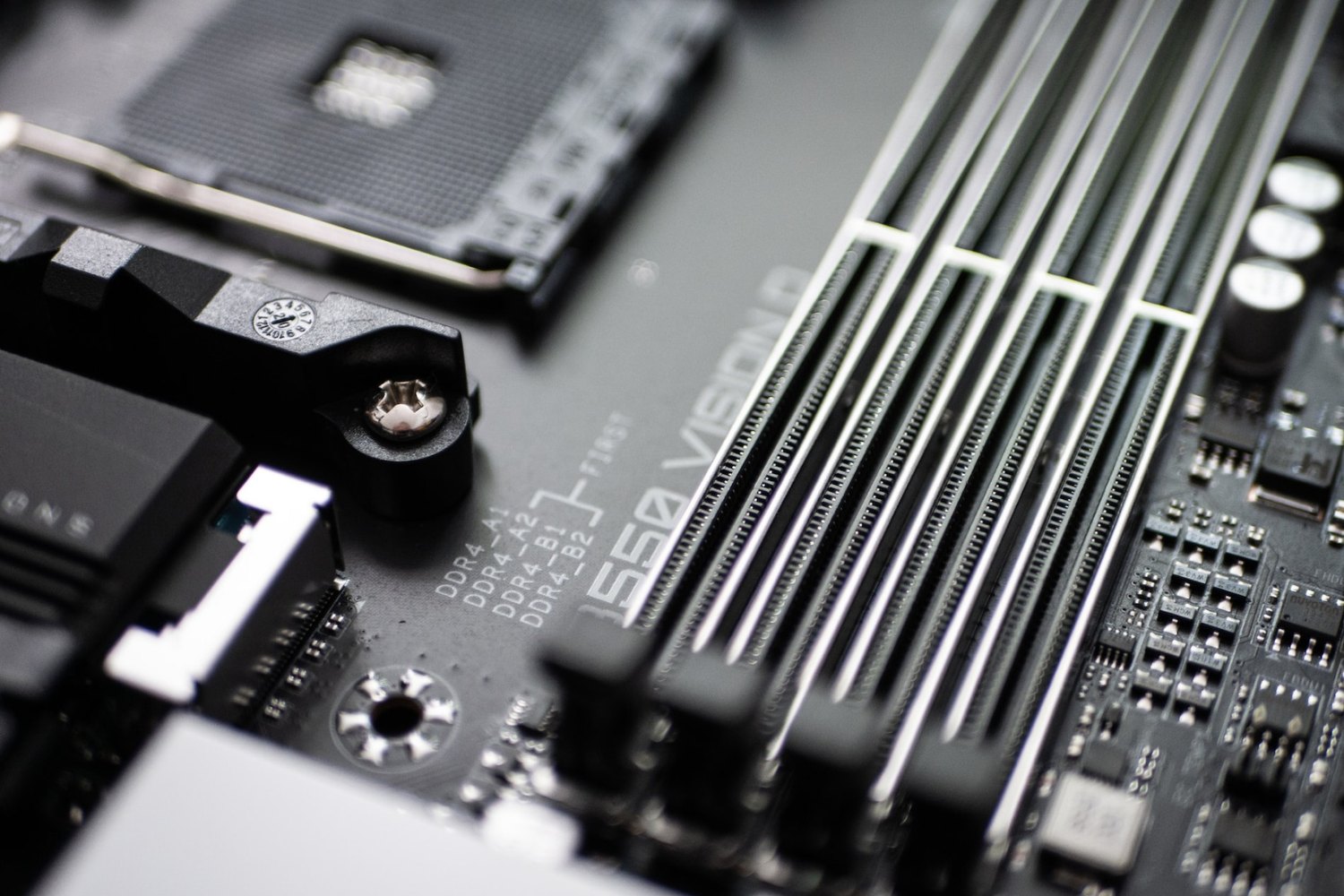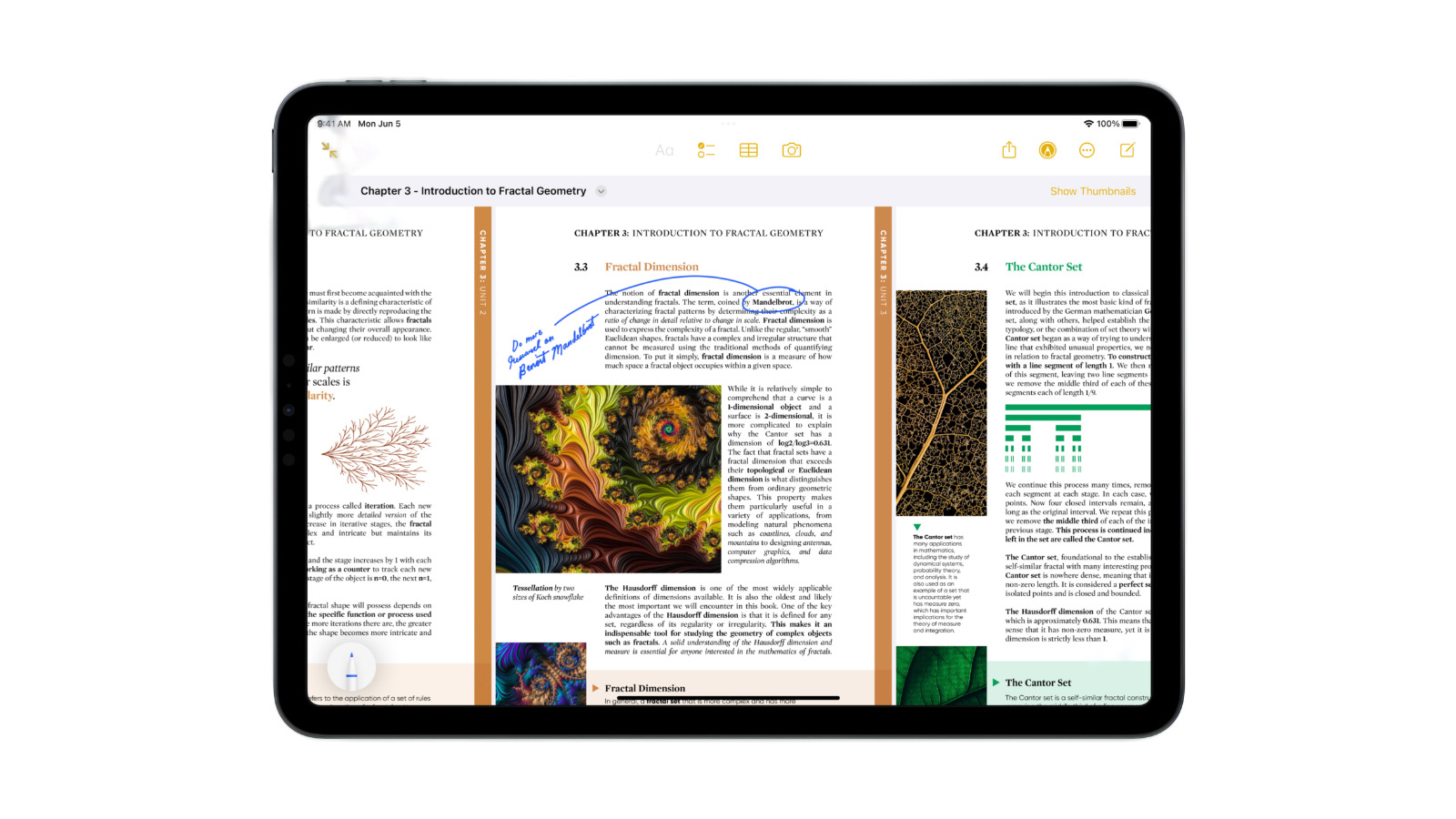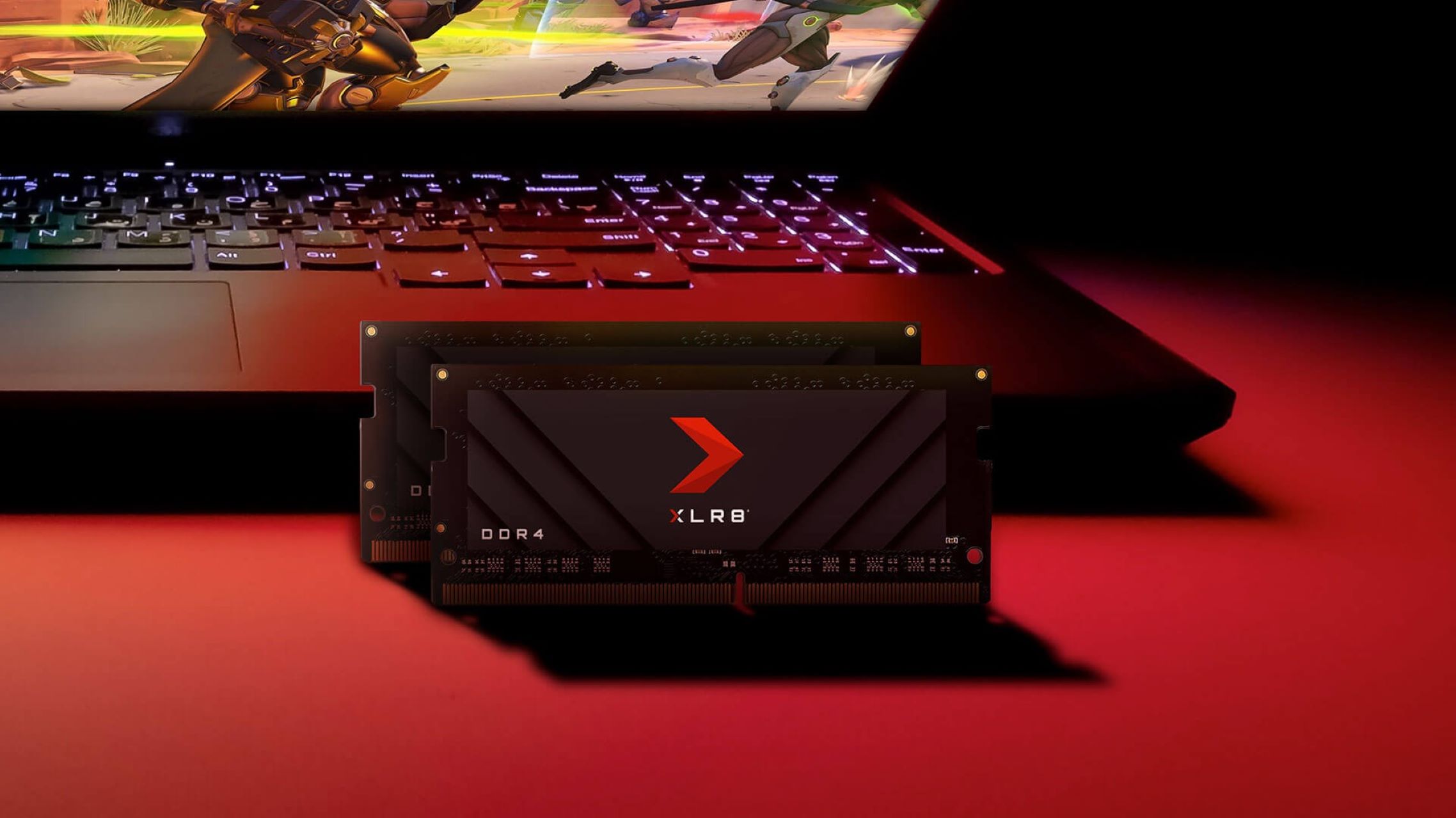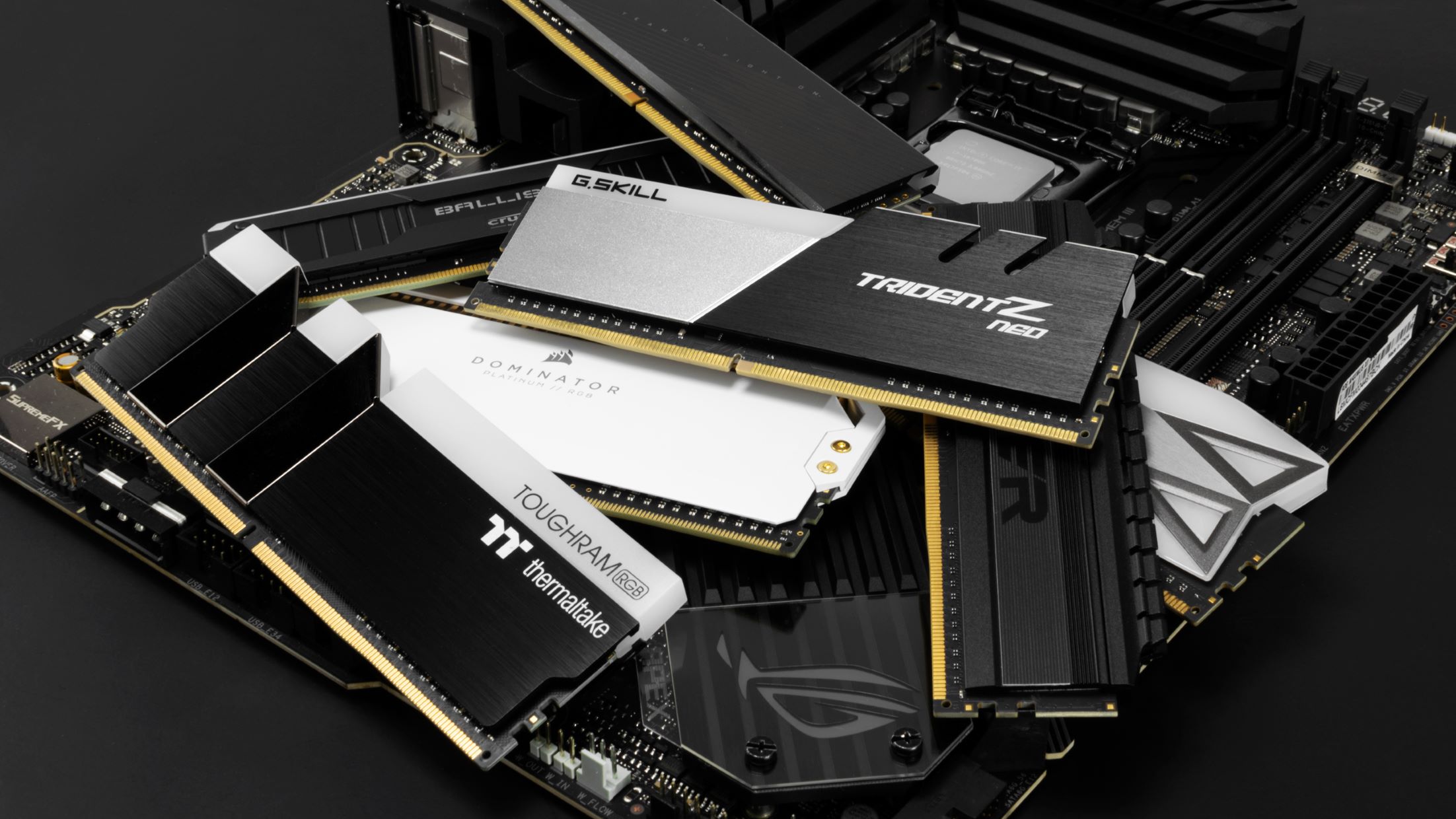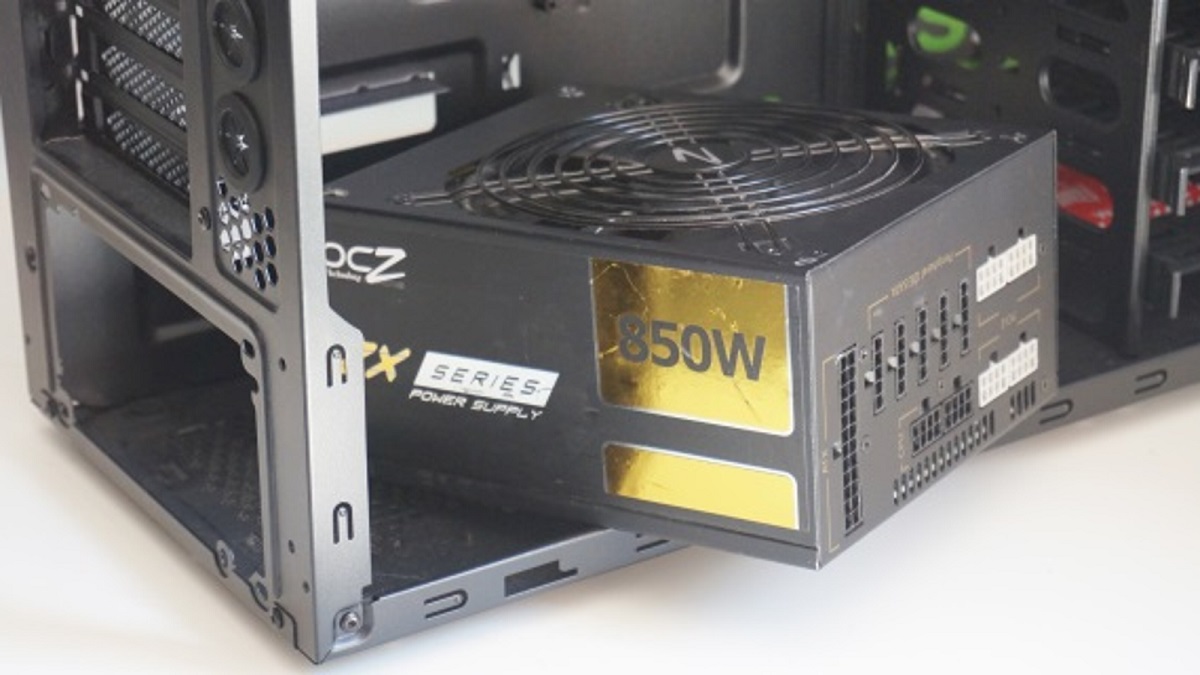Introduction
As a college student, having a reliable and efficient computer is essential for studying, completing assignments, and engaging in various academic tasks. One important component of a computer that plays a significant role in its performance is Random Access Memory (RAM). RAM is responsible for storing and temporarily accessing data that your computer needs to perform tasks quickly and efficiently.
When it comes to choosing the right amount of RAM for your computer as a college student, it’s crucial to consider your specific needs and the tasks you plan to undertake. Different activities require different amounts of RAM, and having an inadequate amount can lead to sluggish performance and frustrating delays.
In this article, we will explore the importance of RAM for college students and how it impacts different tasks. We will also provide guidelines to help you determine the right amount of RAM for your needs. Additionally, we will share some tips on optimizing RAM usage to ensure smooth and efficient performance on your computer.
What is RAM and why is it important for college students?
Random Access Memory, commonly known as RAM, is a crucial component of a computer’s hardware. It serves as the temporary storage space that allows your computer to quickly access and manipulate data while you are using various applications and programs.
When you launch a program or open a file, it is loaded into the RAM, enabling the processor to access and retrieve the data seamlessly. The more RAM your computer has, the more data it can store in the memory, which leads to smoother and faster performance.
For college students, having sufficient RAM is important for several reasons:
- Efficient multitasking: College students often find themselves juggling multiple tasks simultaneously, such as running research applications, word processors, internet browsers, and communication tools. A higher amount of RAM allows you to switch between these tasks without experiencing a slowdown in performance or freezing.
- Running resource-intensive applications: Many college programs require students to work with resource-intensive software like video editors, virtual machines, and programming environments. These applications demand a significant amount of RAM to run smoothly. Inadequate RAM can cause sluggishness, delays, and errors.
- Working with large files: College assignments may involve handling large files, such as multimedia presentations, graphics, and data analysis projects. Insufficient RAM can make it challenging to manipulate these files, leading to increased load times and decreased productivity.
- Future-proofing your computer: Investing in an adequate amount of RAM ensures that your computer can handle the evolving demands of your coursework. It gives you the flexibility to run newer software versions and upgrades without compromising on performance.
Having enough RAM not only improves your computer’s overall performance but also enhances your productivity, allowing you to work efficiently on your academic tasks. In the next sections, we will delve into specific tasks that college students commonly engage in and explore the RAM requirements for each.
Basic tasks and RAM requirements
For college students, basic tasks like web browsing, word processing, and email checking are everyday activities. While these tasks may not require a massive amount of RAM, having a sufficient amount ensures smooth and seamless operation.
Typically, for basic tasks, a minimum of 4GB to 8GB of RAM is recommended. This amount allows you to comfortably run multiple browser tabs, work on documents, and have email and communication apps open simultaneously without experiencing significant performance issues.
However, it’s important to consider the specific requirements of the software you are using. Some resource-intensive web applications, such as video conferencing tools or graphic-heavy websites, may require more RAM to function optimally. Additionally, if you frequently switch between multiple applications or have numerous background processes running, you may benefit from having 8GB or more of RAM.
It’s worth noting that while 4GB of RAM may be the minimum requirement for basic tasks, opting for a higher amount, such as 8GB or 16GB, can provide a more responsive and future-proof computing experience. This additional RAM allows for smoother multitasking and reduces the chance of slowdowns when working with larger files or running additional programs.
In the next section, we will explore the impact of multitasking on RAM requirements for college students.
Multitasking and RAM requirements
As a college student, multitasking is a common practice. You may find yourself working on multiple projects simultaneously, having various applications and browser tabs open, and switching between tasks frequently. Multitasking puts a higher demand on your computer’s resources, including RAM.
When you engage in multitasking, having sufficient RAM becomes crucial to maintain smooth and efficient performance. Insufficient RAM can result in sluggishness, frequent freezing, prolonged load times, and even crashes.
To ensure seamless multitasking, it is recommended to have at least 8GB of RAM. This amount allows you to switch between applications, work with multiple documents, and have several browser tabs open without experiencing significant slowdowns.
However, as technology advances and software gets more resource-intensive, it is becoming increasingly common for college students to opt for higher RAM capacities, such as 16GB or even 32GB. This extra RAM provides additional headroom for multitasking, allowing you to handle more demanding tasks or run resource-intensive applications with ease.
For example, if you are working on a research project that involves running analysis software while simultaneously managing data in a spreadsheet and conducting online research, having more RAM can prevent your computer from becoming overwhelmed and maintaining smooth operation.
Remember that multitasking is not limited to only academic tasks. You may also engage in personal activities like streaming music or videos, video chatting with friends, or running communication apps in the background. All of these activities consume system resources, and having more RAM ensures that they do not hinder your primary tasks.
In the next section, we will explore RAM requirements for college students who need to run virtual machines or emulators.
Running virtual machines or emulators
For certain college programs or projects, you may find yourself needing to run virtual machines or emulators on your computer. Virtual machines allow you to create virtualized instances of operating systems, while emulators simulate specific hardware or software environments on your computer.
Running virtual machines or emulators can be resource-intensive, particularly when it involves running operating systems or applications that have high RAM requirements. The amount of RAM needed will depend on the specific virtualization software and the operating system you intend to run.
As a general guideline, if you plan to run a basic operating system within a virtual machine, such as a lightweight Linux distribution, 8GB of RAM should be sufficient. However, if you need to run more demanding operating systems or applications, such as Windows or multiple instances of virtual machines simultaneously, it is recommended to have at least 16GB or more of RAM.
Keep in mind that running virtual machines or emulators not only requires sufficient RAM but also other system resources such as CPU power and storage space. It’s important to ensure that your computer meets the recommended specifications for the virtualization software you intend to use in addition to having enough RAM.
It’s worth noting that the RAM requirements may vary depending on the complexity and scale of the virtualization or emulation you are undertaking. Therefore, it is essential to research the specific requirements of your virtualization or emulation setup to ensure optimal performance.
In the next section, we will explore the RAM requirements for college students engaged in graphic design and video editing tasks.
Graphic design, video editing, and RAM requirements
For college students involved in graphic design or video editing tasks, having sufficient RAM is crucial to handle the complex and resource-intensive nature of these activities. These tasks often involve working with large files, rendering high-resolution visuals, and running editing software that demands substantial system resources.
When it comes to graphic design and video editing, the RAM requirements can vary depending on the specific software you use and the complexity of your projects. However, as a general guideline, it is recommended to have a minimum of 16GB of RAM for these tasks.
Working with graphic design software, such as Adobe Photoshop or Illustrator, can require a significant amount of RAM, especially when dealing with high-resolution images or working with multiple layered files. Insufficient RAM can lead to slow performance, lagging brush strokes, and longer processing times. By having at least 16GB of RAM, you provide your computer with the necessary resources to handle these tasks more efficiently.
Similarly, video editing software, such as Adobe Premiere Pro or Final Cut Pro, can be demanding on system resources. Tasks like editing multiple video tracks, applying effects, and rendering videos require ample RAM to ensure smooth playback and faster exporting. Having 16GB of RAM or more will provide the necessary headroom for these tasks and contribute to a more seamless video editing experience.
Keep in mind that the RAM requirements may increase depending on the complexity and scale of your projects. For example, working with 4K or higher resolution videos, using complex visual effects, or working on long-form projects may demand even more RAM. It is important to consider the specific requirements of your software and the projects you undertake to determine if additional RAM is necessary.
In addition to RAM, graphic design and video editing tasks also benefit from having a powerful CPU, a dedicated graphics card, and sufficient storage space, as these components work in tandem to provide a smooth and efficient workflow.
In the next section, we will explore the RAM requirements for college students who engage in gaming on their computers.
Gaming and RAM requirements
Gaming is a popular hobby for many college students, and having the right amount of RAM is crucial for an optimal gaming experience. RAM plays a critical role in storing game data, textures, and assets, as well as handling in-game calculations and operations.
The RAM requirements for gaming can vary depending on the specific game and its system requirements. However, as a general guideline, it is recommended to have a minimum of 8GB of RAM for gaming. This amount allows for smooth gameplay and the ability to run most modern games without significant performance issues.
However, it’s important to note that some newer and more graphically demanding games may require more RAM. In these cases, having 16GB or even 32GB of RAM can provide better performance and allow for smoother gameplay, especially when combined with a powerful processor and a dedicated graphics card.
Having more RAM not only helps with the smooth execution of games but also allows for better multitasking while gaming. For example, running background applications like voice chat programs, streaming software, or web browsers can consume additional RAM. Having extra RAM ensures that these applications can run concurrently with your games without impacting performance.
In addition to the amount of RAM, having a high-speed RAM module can also contribute to better gaming performance. Games often benefit from faster data access and loading times, and having RAM with higher clock speeds can help with these aspects.
It’s important to note that while having more RAM can provide benefits, other components like the graphics card, CPU, and overall system configuration also play significant roles in gaming performance. It’s essential to have a balanced setup that takes all these factors into account.
In the next section, we will provide some tips for choosing the right amount of RAM for your specific needs as a college student.
Choosing the right amount of RAM for your needs
Choosing the right amount of RAM for your specific needs as a college student depends on various factors, including the tasks you regularly perform on your computer and the software you use. Here are some guidelines to help you determine the ideal amount of RAM:
- Assess your typical computer usage: Consider the types of tasks you frequently engage in, such as basic web browsing, word processing, multitasking, running virtual machines, graphic design, video editing, or gaming. Each of these activities has different RAM requirements.
- Research the recommended system requirements of your software: Check the official documentation or website of the software you commonly use or plan to use for your coursework. Look for the recommended RAM specifications to ensure optimal performance.
- Consider future-proofing: College programs and software requirements can evolve over time. Investing in a slightly higher amount of RAM, such as 16GB or 32GB, can provide better longevity and the flexibility to handle future demands.
- Budget considerations: RAM prices fluctuate, and higher capacities can be more expensive. Consider your budget and prioritize based on your needs. If necessary, start with a lower amount and upgrade later if required.
- Consult with experts: If you are unsure about the specific RAM requirements for your needs, consider consulting with computer experts, such as IT professionals or knowledgeable friends, who can provide personalized recommendations based on your usage patterns.
It’s important to remember that RAM is just one component of your computer’s performance. Other factors, such as the CPU, graphics card, and storage, also influence the overall experience. A balanced configuration with adequate RAM ensures smoother multitasking, faster application loading times, and better overall performance.
Ultimately, the right amount of RAM for you depends on your unique needs and budget. It’s important to find a balance that allows you to comfortably perform your academic tasks without compromising on performance or future requirements.
In the next section, we will provide some tips for optimizing RAM usage on your computer.
Tips for optimizing RAM usage on your computer
While having the right amount of RAM is vital for optimal performance, practicing efficient RAM management can further enhance your computer’s responsiveness. Here are some tips to help you optimize RAM usage:
- Close unnecessary applications: Make it a habit to close applications or tabs that are not in use. This frees up valuable RAM resources for the tasks at hand.
- Limit startup programs: Disable unnecessary programs from starting up automatically when you boot your computer. This reduces the strain on your RAM from the get-go.
- Use lightweight alternatives: Consider using lightweight alternatives for resource-intensive applications. For example, opt for a lighter text editor instead of a full-fledged word processor if it meets your needs.
- Clear temporary files: Regularly clean up temporary files and cache to free up disk space and optimize RAM usage. Use tools like disk cleanup or third-party cleaning software for an efficient clean-up process.
- Manage browser extensions: Disable or remove unnecessary browser extensions, as they can consume RAM even when not in use. Stick to the essential ones that enhance your browsing experience.
- Utilize virtual memory wisely: Adjust the virtual memory settings (also known as page file) on your computer to help supplement RAM. However, be cautious not to set it too high, as it can lead to slower performance.
- Monitor resource usage: Use task manager or system monitoring tools to identify resource-hungry processes or applications. This allows you to identify potential culprits and take appropriate actions to optimize RAM usage.
- Keep your system updated: Regularly update your operating system and software. Updates often include performance improvements and bug fixes that can optimize RAM usage and overall system performance.
By implementing these tips, you can make the most of your available RAM resources and ensure that your computer operates at its best capacity for your college tasks.
In the next section, we will conclude the article by summarizing the key points discussed.
Conclusion
Random Access Memory (RAM) is a vital component of a computer’s performance, and as a college student, having the right amount of RAM is crucial for efficient and seamless academic tasks. While the specific RAM requirements vary depending on the tasks you frequently undertake, there are general guidelines to help you determine the appropriate amount.
For basic tasks like web browsing and word processing, 4GB to 8GB of RAM is usually sufficient. However, for multitasking, running virtual machines or emulators, engaging in graphic design or video editing, or indulging in gaming, higher amounts of RAM, such as 16GB or more, may be necessary to ensure optimal performance.
When choosing the right amount of RAM, it’s important to consider future-proofing, budget constraints, and the recommendations of the software you use. Additionally, optimizing RAM usage through closing unnecessary applications, cleaning temporary files, and monitoring resource usage can enhance your computer’s responsiveness.
Remember that RAM is just one piece of the puzzle. Other components like the CPU, graphics card, and storage also impact overall performance. Striking a balance between these components is essential for a well-rounded computing experience.
By carefully considering your specific needs, conducting research, and implementing RAM management tips, you can optimize your computer’s performance, increase productivity, and have a smoother academic experience as a college student.
With the right amount of RAM and a well-equipped computer, you can tackle your college tasks effectively and ensure that your device supports your academic journey.







